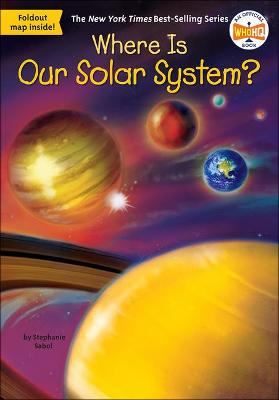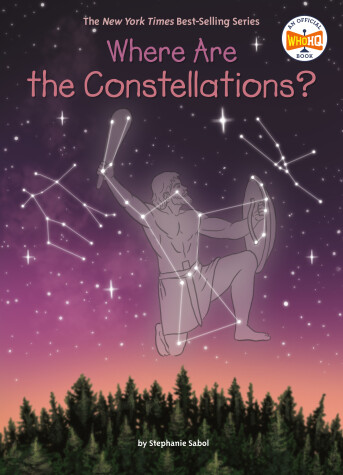Where Is?
2 total works
Readers will want to grab a telescope and explore the night skies after finishing this overview of our solar system.
Our solar system consists of eight planets, as well as numerous moons, comets, asteroids, and meteoroids. For thousands of years, humans believed that Earth was at the center of the Universe, but all of that changed in the 17th century. Astronomers like Nicolaus Copernicus, Galileo Galilei, Johannes Kepler, and Isaac Newton proposed the unthinkable theory that Earth and the other planets actually revolved around the Sun. This engaging book chronicles the beginning of the modern age of astronomy, then follows later discoveries, including NASA's current missions in space.
Our solar system consists of eight planets, as well as numerous moons, comets, asteroids, and meteoroids. For thousands of years, humans believed that Earth was at the center of the Universe, but all of that changed in the 17th century. Astronomers like Nicolaus Copernicus, Galileo Galilei, Johannes Kepler, and Isaac Newton proposed the unthinkable theory that Earth and the other planets actually revolved around the Sun. This engaging book chronicles the beginning of the modern age of astronomy, then follows later discoveries, including NASA's current missions in space.
Calling all stargazers, this addition to the New York Times bestselling series is sure to be the perfect book for you!
From the #1 New York Times Best-Selling Who Was? series comes Where Is?, a series that tells the stories of world-famous landmarks and natural wonders and features a fold-out map!
Ancient people from many different cultures--Greek, Roman, Mezo-American, Arab--all looked up and imagined pictures in the sky by "drawing" a line from one star to another, like a connect-the-dots puzzle. These star pictures--constellations--represented myths and legends from the various cultures that still fascinate us today.
Author of the tremendously popular Where Is Our Solar System? Stephanie Sabol relates many of the most popular constellation stories and explains what stars actually are: how they formed, why they die, and how they're grouped into constellation families.
From the #1 New York Times Best-Selling Who Was? series comes Where Is?, a series that tells the stories of world-famous landmarks and natural wonders and features a fold-out map!
Ancient people from many different cultures--Greek, Roman, Mezo-American, Arab--all looked up and imagined pictures in the sky by "drawing" a line from one star to another, like a connect-the-dots puzzle. These star pictures--constellations--represented myths and legends from the various cultures that still fascinate us today.
Author of the tremendously popular Where Is Our Solar System? Stephanie Sabol relates many of the most popular constellation stories and explains what stars actually are: how they formed, why they die, and how they're grouped into constellation families.

